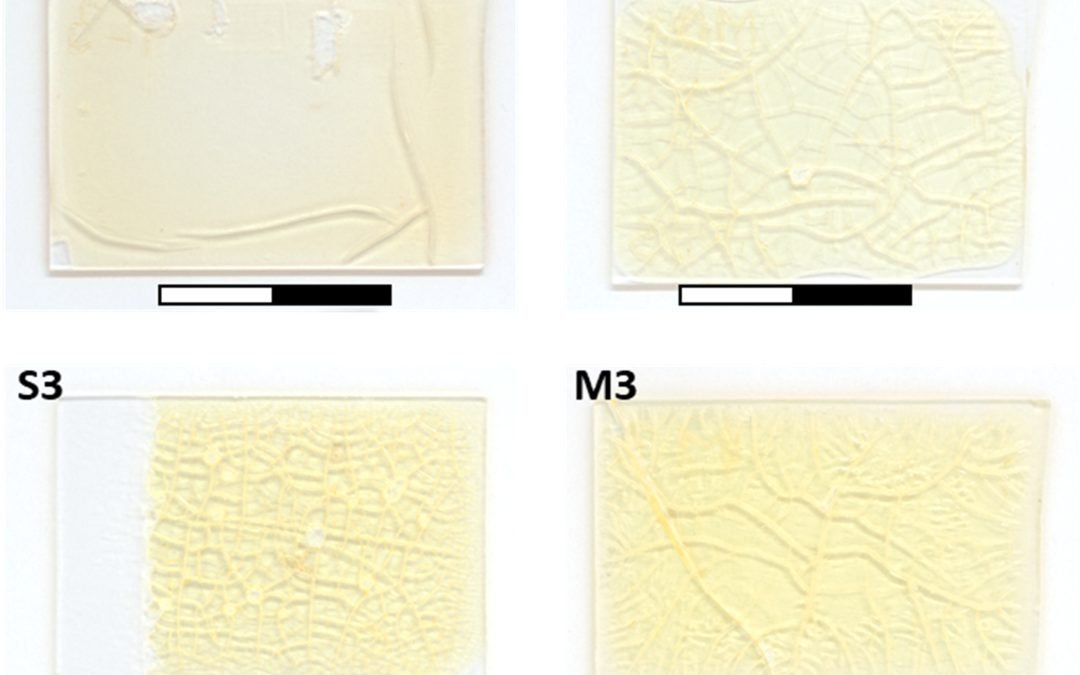Varnishes are employed in painted artworks for protection from atmospheric pollution and oxidation and for improving the esthetic appearance by providing an even and brilliant surface finish. Also, in some cases, coloured varnishes are applied intentionally to modify the chromatic appearance of paintings. Varnishes undergo complex and differentiated structural and chemical changes over time depending on their composition and conservation conditions. The present work investigates the extent of degradation of the outermost layers of varnish coatings due to ageing as a function of depth by using nonlinear optical microscopy (NLOM) in the modality of multiphoton excitation fluorescence (MPEF). This non-invasive technique has been employed for the determination of the thickness, with a microscopic axial and lateral resolution, of the affected regions of pictorial terpenoid varnish layers, such as dammar, mastic, shellac and sandarac, subjected to various types and degrees of ageing, artificial, natural and a combination of both. A homemade nonlinear optical microscope, based on a tightly focused pulsed femtosecond laser emitting at 800 nm, was used for the investigation. Single-photon laser-induced fluorescence (LIF) measurements served to determine the degree of surface ageing and the optimum NLOM-MPEF operating conditions and helped to interpret the results obtained by applying the latter. These results signpost the correlations between the extent of degradation, non-invasively determined by NLOM-MPEF, the type and length of ageing, the nature of the varnish and the initial thickness of the varnish layer.
